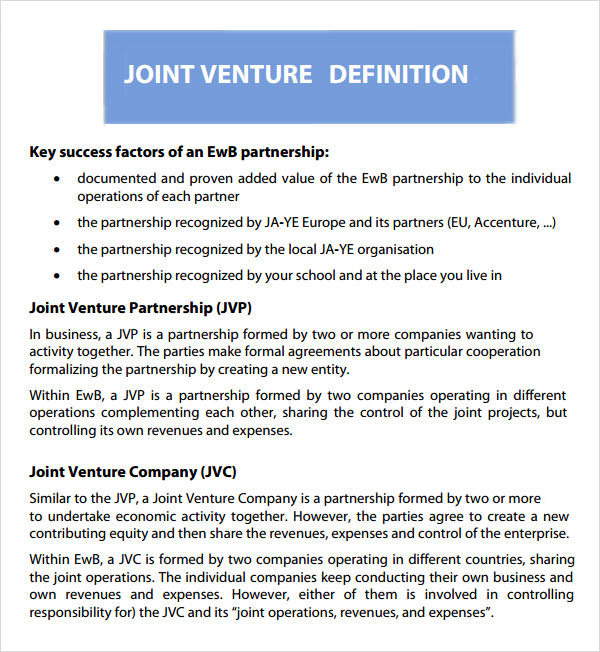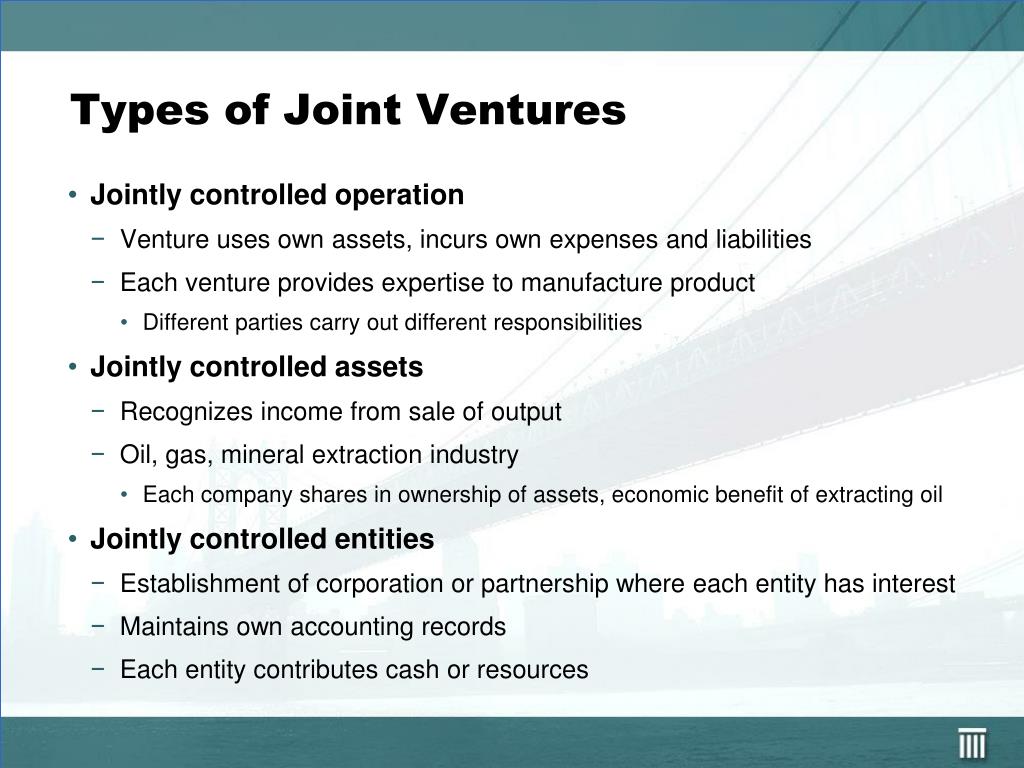

Entrepreneurial ventures are founded on the premise that there is a need in the world that the team can satisfy uniquely or in a dramatically superior way to any other alternatives. Is there a market need? This is the fundamental question of any venture. There are five core questions that need to be answered to validate an opportunity.ġ. The fundamental question to be answered is whether the team’s idea represents an opportunity worth pursuing via an entrepreneurial venture.

The website will delve into these various aspects of entrepreneurship in some detail. We summarize the elements of entrepreneurship using this framework. Is the idea worth pursuing - validation of the opportunity These guiding ideas are summarized in this table. Finally, the execution or doing part of entrepreneurial action is guided by the fact that resources are highly constrained and must be used as efficiently and effectively as possible. These basic choices fall under the notion of strategy. Understanding the basic choices that a new venture will make provides a framework for entrepreneurial action.

Planning is deciding what to do and when to do it. Understanding what constitutes a viable opportunity for entrepreneurship guides the learning process. The overriding question to be answered through the learning process is whether the basic idea of the venture is an opportunity worth pursuing. If the entrepreneurial team is to be focused and have the greatest chance of success, it is important to be clear about the guiding objective of each part of this model. There are three basic elements of entrepreneurship: learning - gathering information, analyzing, evaluating planning - making decisions from high-level strategic choices to detailed specific plans and execution or doing - creating prototypes, designing products, selling, interviewing, installing, etc. To explain the process of entrepreneurship, it is useful to think about the three elements of entrepreneurial action. It covers the process to the initial phase of delivering the solution, but does not go into issues of scaling. It begins with the process of validating an “idea,” a hypothesis about market and product.
#Venture definition manual#
This manual does not cover the entire process, but rather focuses on the middle. This constraint imposes a unique discipline on an entrepreneurial venture requiring great care in using resources efficiently.Īlthough it is not linear, it is helpful to think of the entrepreneurial journey as consisting of three “phases.” In simple terms, we discover an opportunity by engaging with a potential “customer” and finding a need or problem that we can solve, then we develop that solution including planning how we will distribute and serve the customer, etc., then we deliver by launching the product or service. However, the team faces a severe resource constraint. This requires alertness, insight, and creativity.Ī new venture implies that the team has complete freedom in crafting all aspects of the business. There is a process, a “logic,” meaning that what you do, how you do it, and when you do it all matter.Įntrepreneurship begins with the recognition of an opportunity not recognized by others, either seeing a need for the first time or coming up with a way to satisfy a known need in a novel, superior way. Who is on the team, getting the right mix of skills and backgrounds is critical to success. Our definition of entrepreneurship has important implications for entrepreneurial action.Įntrepreneurship is a team activity, not an individual activity. Many of the ideas described here are applicable to those ventures but the focus of this manual is ventures that fit the more classic notion of an innovation-based new venture realized as a team effort.

Nor does it include so-called intrapreneurial projects within a larger firm, nor solo efforts to create, for example, a new consulting business. The definition does not include ventures that are purely imitative. The definition also encompasses what we think of as social ventures if their goal is to realize an innovation designed to create a social good. This definition includes the types of start-ups that we normally associate with innovation-based entrepreneurship whether they are medical device, technology, consumer-oriented, or energy ventures. We define entrepreneurship as the social process of realizing an innovation by means of a new venture.


 0 kommentar(er)
0 kommentar(er)
